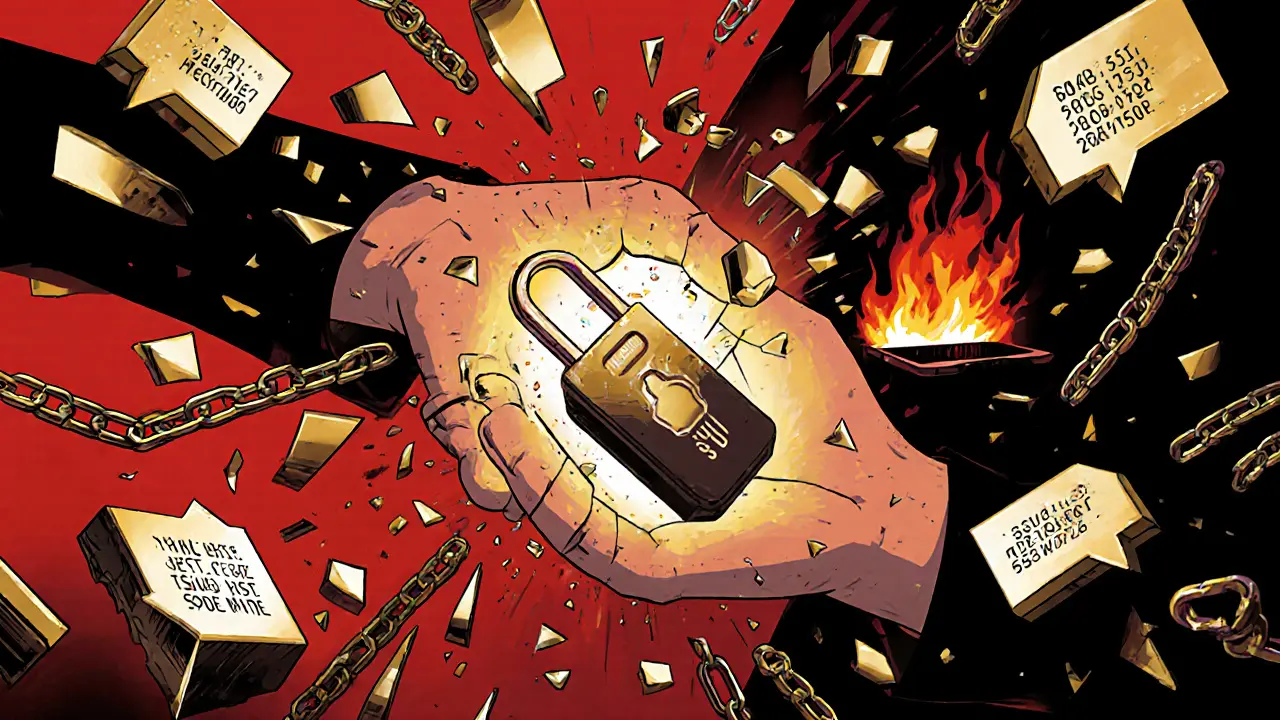
Learn the most secure 2FA recovery methods for blockchain accounts. Avoid common mistakes, understand why SMS is dangerous, and discover how hardware keys and backup codes can save your crypto.
When you use two-factor authentication, a security method that requires two different forms of verification to log in. Also known as 2FA, it's one of the most effective ways to protect your crypto wallets, exchange accounts, and private keys. But if you lose your phone, delete your authenticator app, or forget your backup codes, that same protection becomes a lockout. 2FA recovery isn’t optional—it’s your lifeline.
Most people think 2FA means only using an app like Google Authenticator or Authy. But that’s just one part. True 2FA recovery requires backup codes, one-time-use codes printed or saved securely when you first set up 2FA. These are your safety net. Without them, even if you own your wallet, you might never get in again. And no, emailing the exchange or calling support won’t help—most platforms won’t reset 2FA without proof you control the original device or recovery method. That’s by design. It’s not a flaw—it’s security.
Some users rely on recovery phrases, the 12- or 24-word seed phrases used to restore crypto wallets as a substitute. But that’s a dangerous mix-up. Your recovery phrase unlocks your funds—it doesn’t bypass 2FA on an exchange. If your Binance or Coinbase account is locked behind 2FA, your seed phrase won’t log you in. You need the 2FA code or backup codes specific to that platform. And if you didn’t save them? You’re locked out. Permanent.
That’s why the posts below matter. You’ll find real stories from people who lost access—not because they got hacked, but because they never prepared for the moment their phone broke, got stolen, or they accidentally deleted the app. One trader in Nigeria kept his backup codes in a locked drawer after the bank ban. Another saved them in an encrypted note on a spare device. These aren’t tech myths—they’re survival tactics.
You won’t find fluff here. No "just use a password manager" advice that ignores how 2FA actually works in crypto. You’ll get clear, step-by-step fixes: how to find hidden backup codes, how to set up multiple authenticator apps safely, and why storing recovery codes in the cloud is a bad idea. You’ll also see what happens when people skip recovery steps entirely—and how some lost six figures because they thought "I’ll remember it."
2FA recovery isn’t about being paranoid. It’s about being prepared. The tools are simple. The stakes are high. And if you’re holding crypto, you’re already one mistake away from being locked out. The posts below show you how to fix it—before it’s too late.

Learn the most secure 2FA recovery methods for blockchain accounts. Avoid common mistakes, understand why SMS is dangerous, and discover how hardware keys and backup codes can save your crypto.